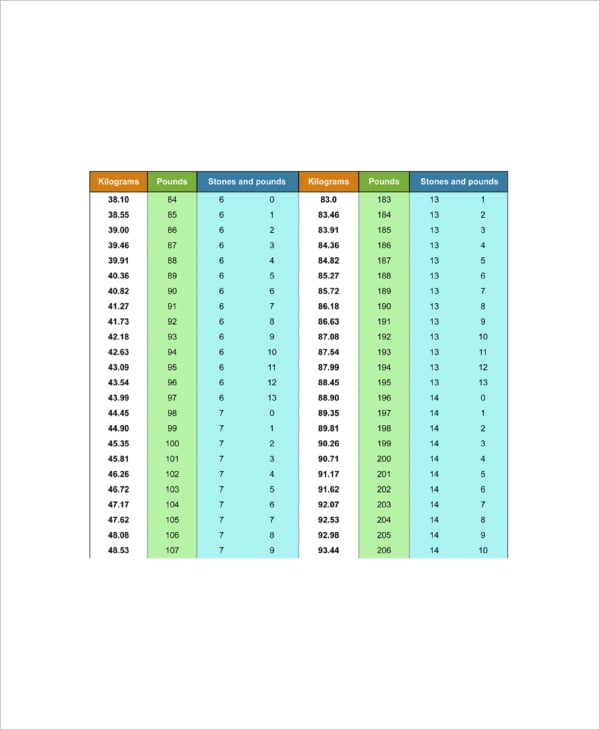

1 u is 1/12 of a mass of an atom of carbon-12. Atomic Mass UnitĪtomic mass units ( u) are used to measure mass of molecules and atoms. This unit is often used in particle physics. According to mass-energy equivalence, electronvolt is also used as a unit of mass within the natural units system where C is equal to 1. ElectronvoltĮlectronvolt is a unit of energy and can be described by the formula E=mc², where E represents energy, m stands for mass, and c is the speed of light. Multiples of kilogram are also commonly used, such as a gram (1/1000 of a kilogram) and a tonne (1000 kilograms). The SI unit of mass is a kilogram, which is defined by taking the fixed numerical value of the Planck constant h to be 6.626 070 15 × 10⁻³⁴ when expressed in the unit J s, which is equal to kg m² s⁻¹, where the meter and the second are defined in terms of c and Δ ν Cs. When the astronaut twin returns home, he finds that his twin who remained on Earth is biologically older than he is! It involves identical twins, one of whom makes a journey into space in a high-speed rocket moving at a speed close to the speed of light and the other remains on Earth. This paradox is known as the twin paradox. Second, when an object is traveling at close to the speed of light, its inertial mass increases such that the local time inside this object is slowing down compared to the time measured by the stationary clock located on Earth. Such space objects are called “black holes” in general relativity and their existence was experimentally proved.

Consequently, no information from this object will get to the outside world. First, it is possible to imagine the existence of objects with such a large mass that the escape velocity for objects to escape the gravitational attraction of such an object will be equal to the speed of light. Several interesting consequences can be drawn from this principle. The basic postulate of the theory of relativity states that the speed of light in a vacuum is finite and it is the same for all observers, regardless of the light source motion. On the contrary, far from large astronomical objects (massive stars or clusters called galaxies), the light rays move in a straight line. In astronomy, this effect is called a gravitational lens. The more mass such body has, the greater is the curvature around the body, so close to the bodies of large mass such as stars, the light rays bend. Mass and RelativityĪccording to the theory of relativity, the gravitational mass changes the curvature of the space-time continuum. Gravitational mass and inertial mass are equivalent. Newton’s second law of mechanics refers to inertial mass. It represents the degree of resistance of the object to being accelerated. The inertial mass of an object is the property of resisting the change in this object’s motion. An increase in the weight of the object increases its passive gravitational mass. Passive gravitational mass measures the effect of the gravitational field of another body on an object. Tides are also caused by the interaction between the gravitational forces of the Moon and the Earth. The gravitational field is what keeps the astronomical objects in place and determines the structure and the layout of the Universe. When active gravitational mass increases, the gravitational field of the object becomes stronger. Gravitational mass refers to the measure of the gravitational force experienced by the object (passive) or deployed by it (active). The Moon's mass is 7.3477×10²² kg Gravitational Mass Thus, an object with a mass of one kilogram weights approximately 9.8 newtons (N) on the Earth, and 1.63 N on the Moon. For example, in the case of Earth, g = 9.80665 m/s², and for the Moon it is about six times less, approximately 1.63 m/s². In physics, weight refers to the force that acts on an object and is calculated as a product of mass and g, the gravitational acceleration that differs depending on the astronomical object, which creates the gravitational field that the object is affected by. In everyday use, the words “mass” and “weight” are often equivalent, both referring to mass. If the force applied to the object and its acceleration are known, we can calculate mass m using Newton’s second law of motion: F = m a, where F is the force and a is the acceleration. It is an inherent property of the object, contrast to weight, which depends on the gravitational field of the planet, where the object is located. Mass is a measure of the resistance of the object to acceleration.


 0 kommentar(er)
0 kommentar(er)
